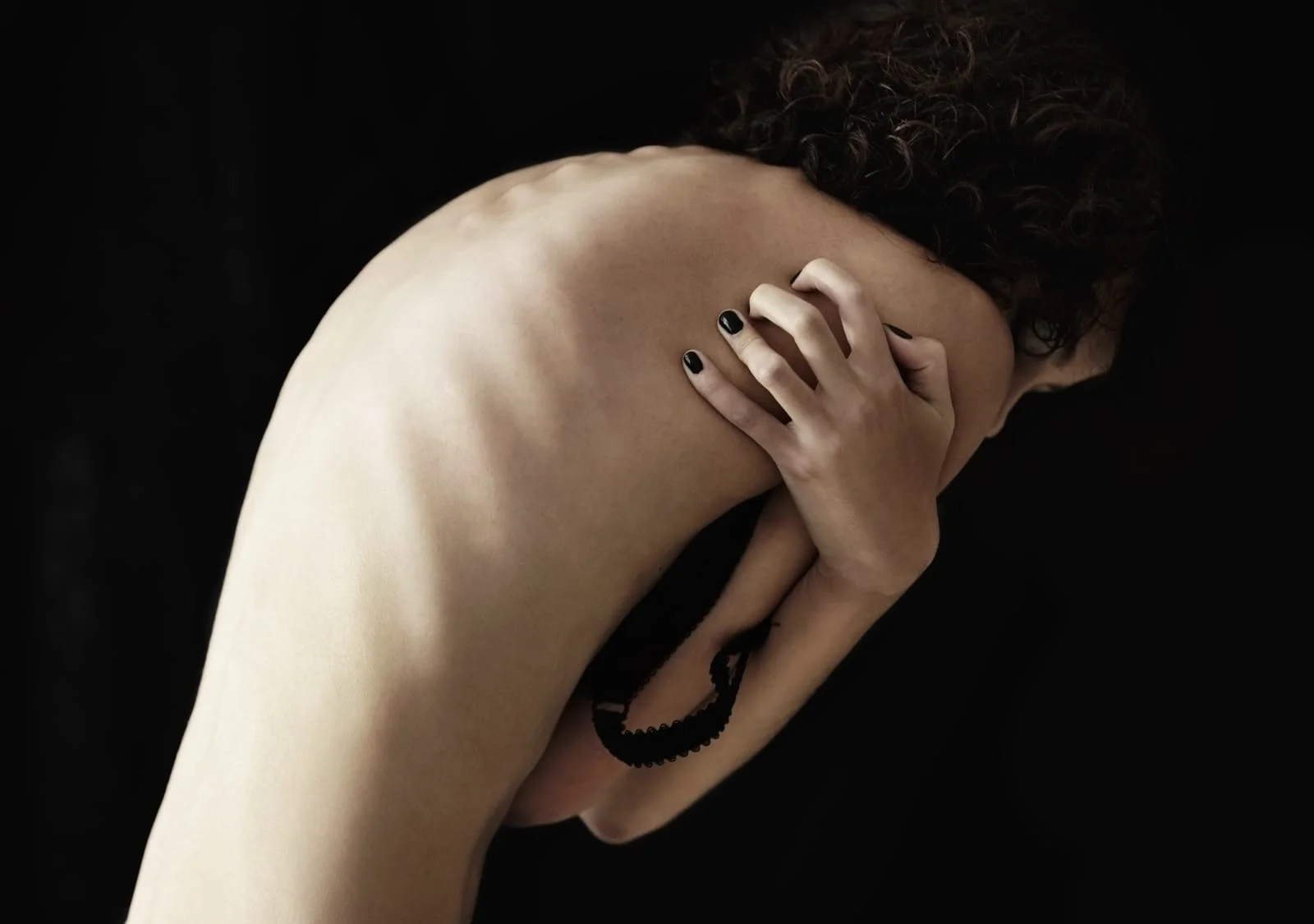Reverse body dysmorphia is a relatively lesser-known condition that affects individuals in unique ways. Unlike the more commonly recognized body dysmorphia, where people perceive themselves as less attractive or flawed, reverse body dysmorphia causes individuals to overestimate their physical appearance. In this article, we will explore what reverse body dysmorphia is, its symptoms, causes, and the available treatments to help manage the condition.
Understanding reverse body dysmorphia and recognizing its symptoms is crucial for mental health professionals and individuals alike. Awareness is the first step towards seeking help, improving self-esteem, and managing the psychological impacts this condition can have on an individual’s life.
What Is Reverse Body Dysmorphia?
Reverse body dysmorphia is a condition in which individuals perceive themselves as more physically attractive or ideal than they actually are. This distorted perception is not limited to the reality of their physical appearance, but it often leads to an inflated sense of self-image and can be driven by societal pressures or personal beliefs. Individuals with reverse body dysmorphia may frequently feel that they are more attractive, talented, or perfect than those around them, even though others may not perceive them in the same way.
It is essential to distinguish reverse body dysmorphia from traditional body dysmorphia, where individuals are excessively preoccupied with perceived flaws in their appearance, often leading to distress and impaired functioning. In contrast, reverse body dysmorphia revolves around the opposite problem—overestimating one’s attractiveness and the potential psychological consequences that follow.
Why Is Reverse Body Dysmorphia Gaining Attention?
While reverse body dysmorphia has been a somewhat overlooked condition in the mental health community, there is a growing recognition of its impact. As mental health awareness increases, professionals are beginning to explore the full spectrum of body dysmorphia-related conditions. Reverse body dysmorphia is increasingly acknowledged due to its potential psychological and social consequences, especially in the age of social media and image-driven cultures.
Understanding reverse body dysmorphia allows individuals to recognize that the condition is not simply about vanity, but a serious mental health issue that can affect one’s relationships, emotional well-being, and overall life satisfaction.
Symptoms and Characteristics of Reverse Body Dysmorphia
Common Symptoms of Reverse Body Dysmorphia
Individuals with reverse body dysmorphia often exhibit distinct symptoms that impact their perception of themselves and their relationships with others. These symptoms can include:
Excessive Focus on Appearance
One of the hallmark signs of reverse body dysmorphia is an excessive focus on one’s appearance, particularly in relation to how others perceive them. Individuals may constantly monitor their physical features, looking for confirmation that they are as attractive or ideal as they believe themselves to be. This often leads to a constant need for validation and reassurance.
Seeking Constant Reassurance
People with reverse body dysmorphia may frequently seek reassurance from others about their appearance, hoping that others will confirm their idealized self-image. They may ask friends, family, or even strangers for validation, and become distressed if they do not receive the affirmation they expect.
Psychological Impact of Reverse Body Dysmorphia
The psychological effects of reverse body dysmorphia can be profound, affecting an individual’s emotional state and social functioning.
Increased Narcissistic Tendencies
Individuals with reverse body dysmorphia may develop narcissistic tendencies, becoming excessively preoccupied with their physical image and expecting others to admire them. This may lead to feelings of superiority over others and a lack of empathy for those who do not share the same idealized self-image.
Social and Relationship Strain
Over time, the inflated self-image associated with reverse body dysmorphia can strain relationships. Partners, friends, and family members may feel overwhelmed by the constant need for validation or the individual’s obsession with their own appearance. Additionally, individuals may become socially isolated, as they may believe that only people who admire their physicality are worthy of their time and attention.
Is Reverse Body Dysmorphia a Real Condition?
The question often arises: is reverse body dysmorphia a real condition, or is it simply a result of self-centeredness or vanity? While reverse body dysmorphia may not yet be officially recognized as a distinct diagnosis in the Diagnostic and Statistical Manual of Mental Disorders (DSM), it does fall within the broader spectrum of body dysmorphia and narcissistic personality traits.
DSM Recognition and Diagnosis
Though reverse body dysmorphia has not yet achieved specific diagnostic status in the DSM, it shares many similarities with other conditions that affect self-perception. Mental health professionals are increasingly recognizing reverse body dysmorphia as a legitimate concern, particularly when it causes emotional distress or social problems.
The Spectrum of Body Dysmorphia
Reverse body dysmorphia exists within the larger spectrum of body dysmorphic disorders. Traditional body dysmorphia, narcissism, and reverse body dysmorphia all share a common theme of distorted self-image. Understanding these overlapping conditions can help professionals offer better treatment and support for individuals who experience them.
Causes of Reverse Body Dysmorphia
There are several factors that can contribute to the development of reverse body dysmorphia. These causes may vary from individual to individual but often involve a mix of societal, psychological, and genetic influences.
Societal and Media Influences
The pressure to conform to certain beauty standards promoted by the media and society can play a significant role in the development of reverse body dysmorphia. Social media, in particular, can exacerbate feelings of superiority or inferiority, depending on how individuals perceive their own image in relation to others. This culture of comparison can lead to distorted self-perceptions, either inflating or diminishing one’s sense of attractiveness.
Genetic and Psychological Factors
Genetic predispositions and psychological factors can also contribute to reverse body dysmorphia. Individuals who have a family history of body dysmorphia or narcissistic traits may be more vulnerable to developing similar conditions. Psychological factors, such as low self-esteem or a need for external validation, can also play a role in the development of reverse body dysmorphia.
Treatment and Management of Reverse Body Dysmorphia
While reverse body dysmorphia can be challenging, there are effective treatments available to help individuals manage the condition and improve their emotional health.
Cognitive Behavioral Therapy (CBT)
CBT is one of the most widely recommended therapies for reverse body dysmorphia. It helps individuals reframe their distorted thoughts and behaviors related to their physical appearance.
Reframing Distorted Thoughts
CBT helps individuals recognize and challenge the unrealistic beliefs they have about themselves. By reframing these distorted thoughts, individuals can learn to develop a more accurate and healthy self-image.
Behavioral Interventions to Reduce Reassurance Seeking
CBT also includes interventions to address the excessive need for reassurance. Techniques can be used to help individuals reduce the frequency of seeking validation from others, which in turn can reduce the emotional distress associated with reverse body dysmorphia.
Self-Care and Lifestyle Changes
In addition to therapy, individuals with reverse body dysmorphia can benefit from lifestyle changes that promote self-esteem and overall well-being.
Encouraging Healthy Self-Esteem Practices
Fostering a healthy sense of self-worth that is not solely based on appearance is essential for individuals with reverse body dysmorphia. Practices like mindfulness, self-compassion, and setting realistic goals can help individuals build confidence that is not dependent on external validation.
Building a Supportive Environment
Having a strong support system is crucial for managing reverse body dysmorphia. Encouraging open communication with loved ones and working with a therapist can help create a safe space for individuals to express their feelings and manage the psychological impacts of the condition.
Summing Up
In conclusion, reverse body dysmorphia is a complex and sometimes misunderstood condition. It is characterized by an inflated sense of self-image and an excessive preoccupation with appearance. The psychological impact of reverse body dysmorphia can strain relationships and lead to emotional distress.
Recognizing the symptoms of reverse body dysmorphia is the first step toward seeking help. Treatment, including cognitive behavioral therapy, lifestyle changes, and self-care practices, can help individuals manage the condition and improve their overall well-being. If you or someone you know is experiencing symptoms of reverse body dysmorphia, seeking professional support can lead to significant improvements in emotional health and self-esteem.





